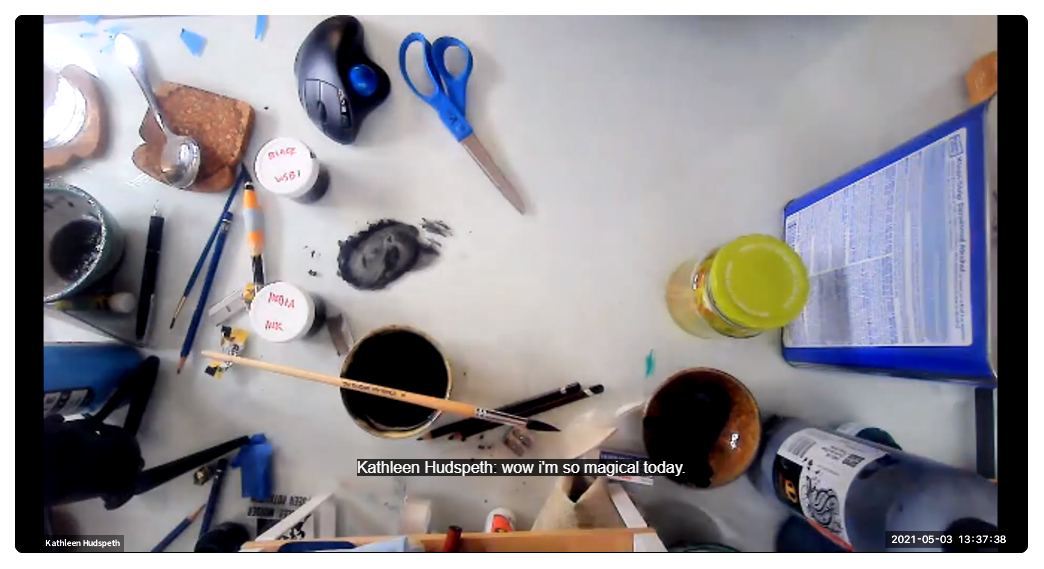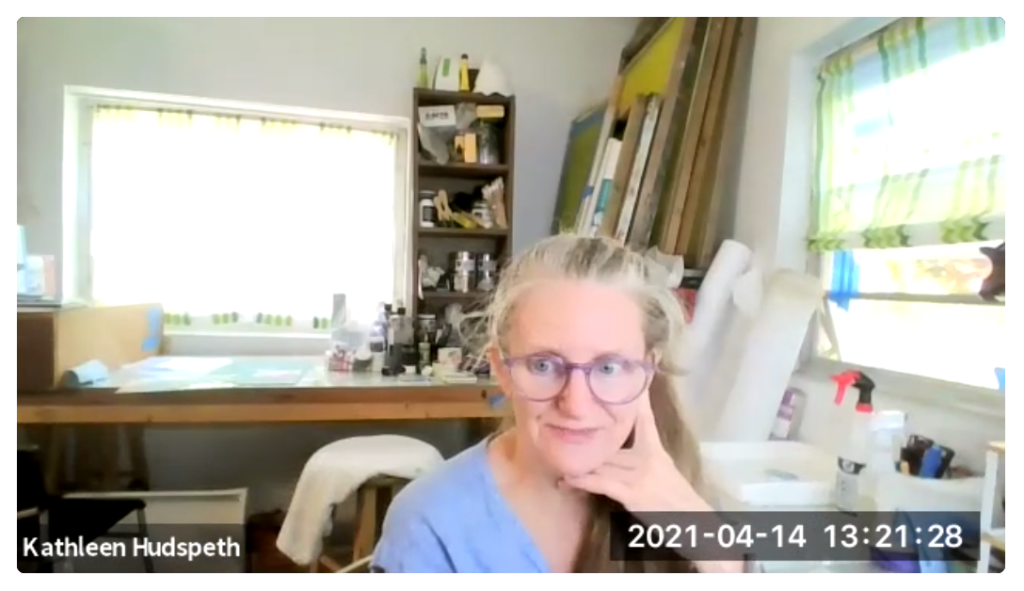
The pandemic changed a lot about daily life, and interfered with a lot of otherwise best-laid plans during the (now) year and a half since it ‘officially’ began to affect us in the United States. One of the biggest ways I was affected was in how all of my teaching became online teaching (except for five weeks of hybrid teaching near the end of the most recent spring semester). For the first spring of the pandemic, I avoided any video-conferencing–not only because I wasn’t ready, but because students weren’t ready. We had been abruptly sent home in mid-March, after being told that such a move was unlikely. However, by the time we began Fall 2020, I was ready, and students were ready, and I dove into online teaching wholeheartedly.
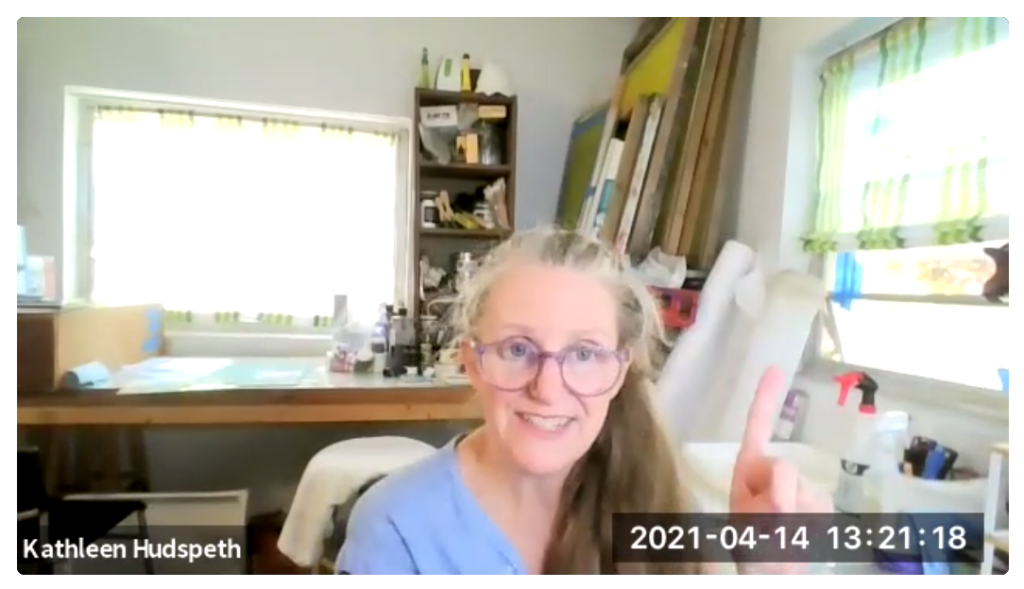
What I discovered was that I think I’m pretty good at it. I already had decent skills with technology, unlike many profs around my age, and I invested in some crucial things that would help me do my job better, such as a new (gaming) laptop, a good-quality standalone microphone, and lights. It is perhaps unfair, and likely even wrong, that my job was unable to provide me with these things, but I learned long ago that if I only teach according to what my job either pays me or according to how they support me, then I can only teach poorly, and it becomes a miserable experience for me, as well as a bad learning environment for my students.
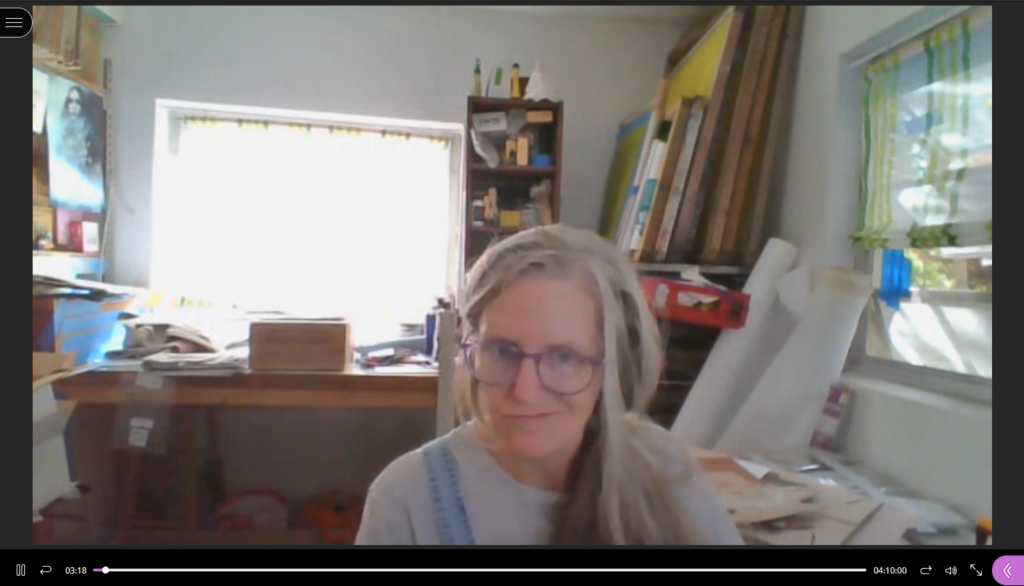
During this pandemic, I was also forced to find ways for students to make prints at home, on small desks, or on patio tables, with extremely limited materials. I was excited by how I refined my own techniques at these skills, and though it was difficult to teach the sort of fine attention required to perfect various printmaking techniques remotely, I was able to teach good skills and inspire students to think a lot more about what printmaking is, and what is possible.
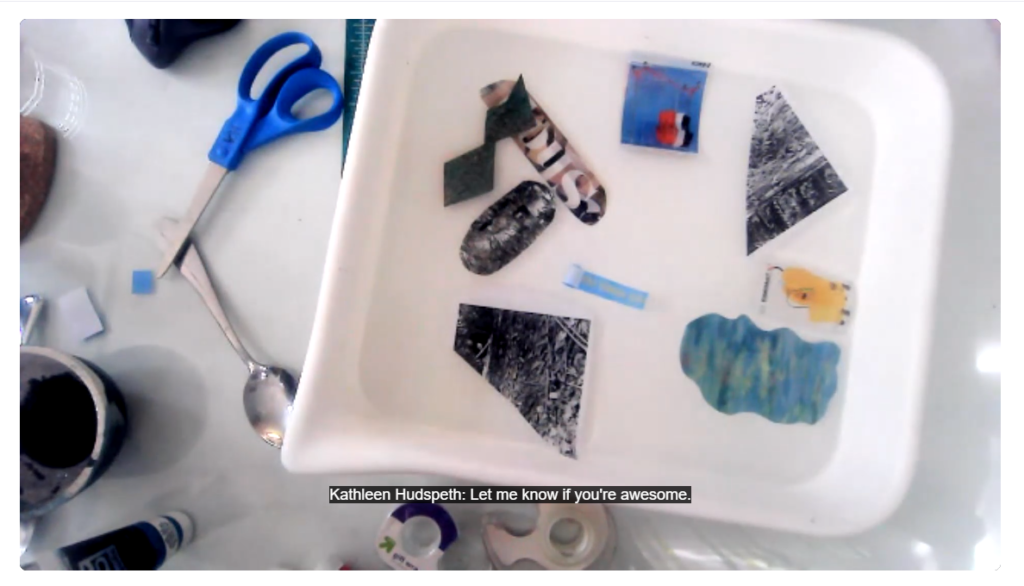
Hybrid teaching, on the other hand–having students both in the classroom, and attending remotely–is something that I still think is largely unworkable. I discovered that if I have to teach remotely at all, then the entire structure of the class is aimed at remote instruction, and there’s no point in being in-person. Perhaps someone with more fortitude than I can do it in a class as active and demo-filled as printmaking, but if the online students are going to be able to see anything at all, then I’m teaching to a camera, rather than to nearby humans. To a degree, it’s like trying to run two separate classes.
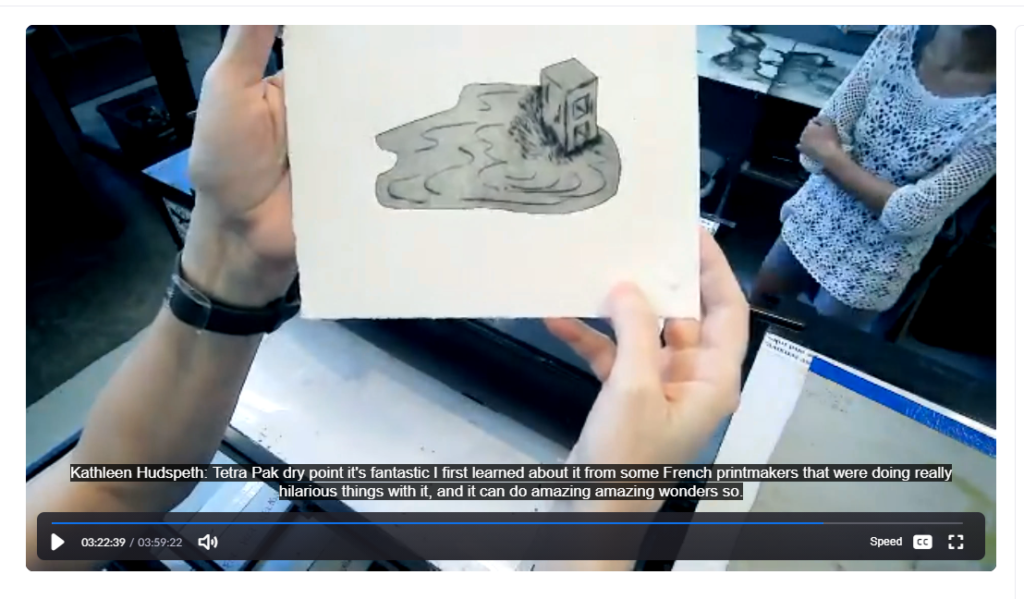
There’s a lot that I would like to keep from my experience teaching remotely, but only one of the classrooms I teach in while teaching in-person has the technological support that would allow me to do so. The changes I made to the techniques I instruct, as well as to my classroom policies are ones I will keep, however.
